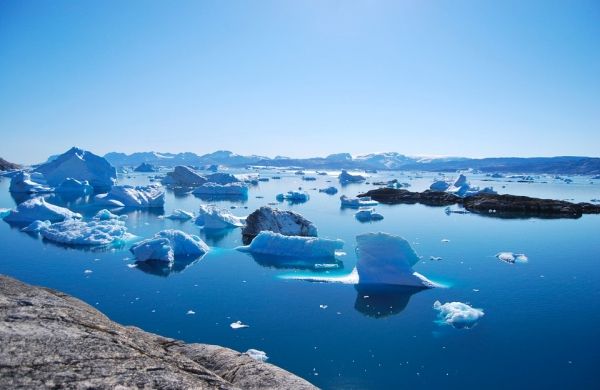The heat wave arrived early this spring — a shroud of temperate air, sweeping in during early June, which enveloped the Northern Hemisphere’s biggest ice sheet in a stifling hug. At its peak, nearly 45 percent of Greenland’s frozen surface turned to meltwater, coloring the huge white expanse with sapphire lakes and lapis streams. During the warmest stretch, runoff from the ice sheet amounted to about 2 billion tons, which meant that at the same time Greenland was losing water, the North Atlantic was gaining it. Some areas on the island were 40 degrees Fahrenheit above normal for this time of year.
“We didn’t see anything like this prior to the late 1990s,” Thomas Mote, a University of Georgia scientist who monitors summer melting on the ice sheet, explained to CNN. “The melting is big and early,” Jason Box, a climatologist with the geological survey of Denmark and Greenland, informed the Washington Post.
Greenland’s ice sheet covers about 80 percent of the island, and measures about 660,000 square miles; in its center, it runs to a depth of about two miles. According to the most recent NASA studies, the ice sheet holds enough water to raise sea levels by about 24 feet, should it ever disappear completely.
Read more at Yale Environment 360
Photo Credit: JChristophe_Andre via Pixabay


